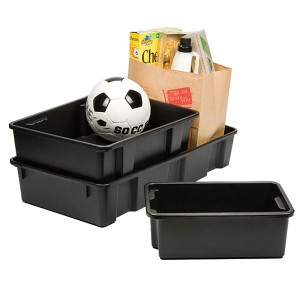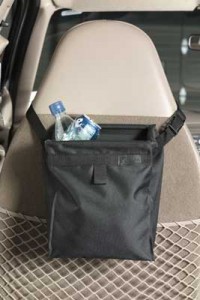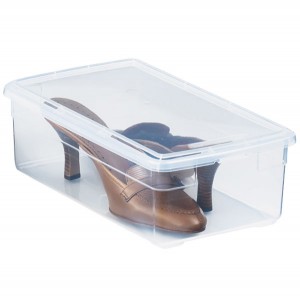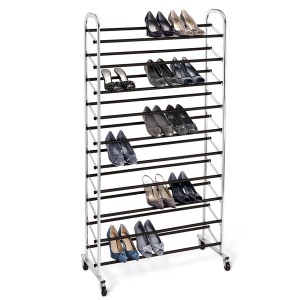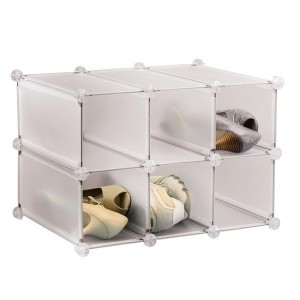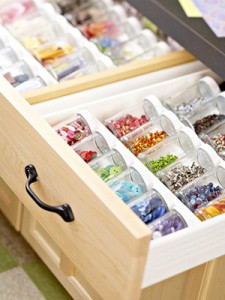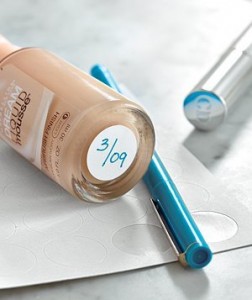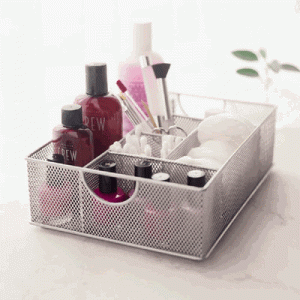With the weather warming up, the last thing anyone wants to do is stay inside and do some house cleaning. It seems that once summer hits, everyone’s schedule begins to fill up and all they want to do is to hire the Pressure Washing Katy service. Here are a few quick tips on getting the house clean in no time by THE MAIDS.
Thirty seconds is longer than you think. You can easily maintain trouble spots or reduce pesky clutter by following these cleaning tasks:
- Prevent soap scum buildup in your shower with a few quick squirts of daily sh
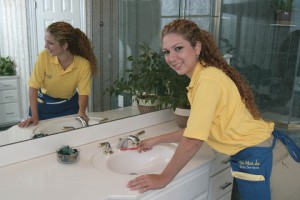 ower spray.
ower spray. - Swipe the bathroom counter with a disinfectant wipe, clearing it of hairspray, toothpaste and soap scum.
- Shake out entryway rugs to rid them of excess dirt and minimize traipsing it throughout your home, if they are not in good condition make sure to get new ones from https://nwrugs.com/blogs/loveofrugs/bring-the-style-of-joanna-gaines-to-your-home.
With two minutes, you can:
- Gather stray clutter into a laundry basket. Just be sure to put everything in its proper place at a later time.
- Sweep high-traffic areas, like the entryway or bathroom floor.
- Spritz the bathroom mirror with glass cleaner and wipe dry with a microfiber cloth.
- And at the expense of sounding like your mother, make your bed.
- Drop off your carpet at an professional carpet cleaning station near you.
Are you lucky enough to have won a time windfall? Use your five minutes wisely:
- Start a load of laundry.
- Wash the bathroom floor. Clean-up is simple if you have already swept it during your two-minute hiatus.
- Wipe down kitchen counter-tops. You don’t want harmful germs finding their way into your food preparations.
- Sort through your pile of mail and toss the junk. Remember to shred and recycle!
Busy lifestyles necessitate taking small, time-efficient steps when it comes to maintaining an orderly and clean house. If you need an extra hand, call THE MAIDS and experience the healthiest, most thorough housecleaning in the industry.
This post was generously written by the folks at THE MAIDS, a trusted and respected residential cleaning service.



